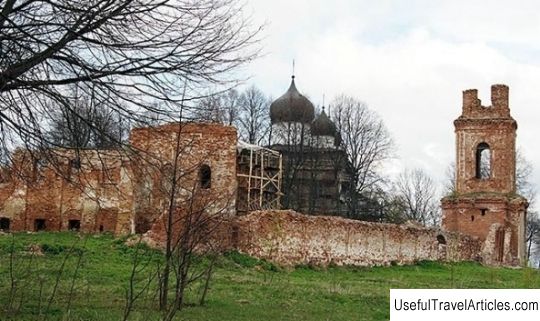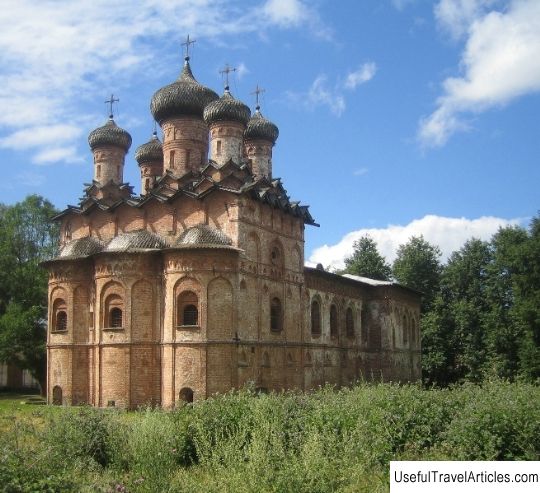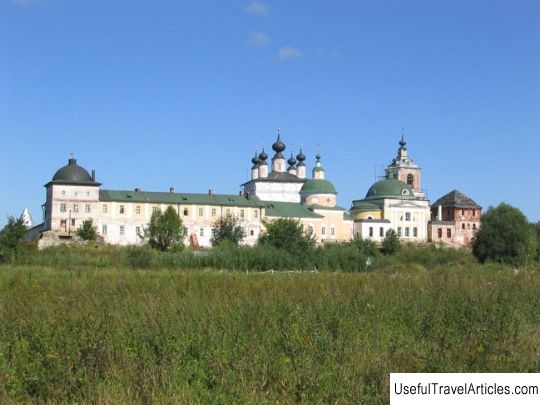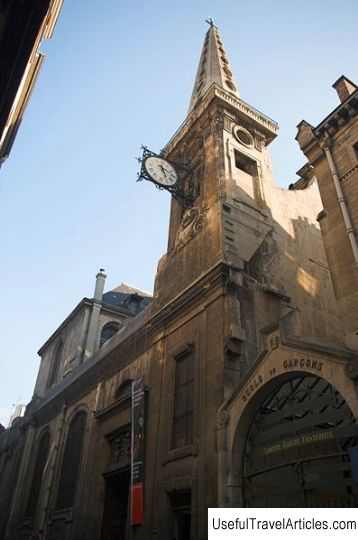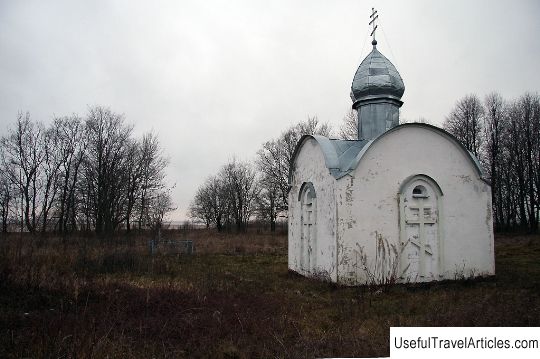Holy Trinity Michael-Klopsky monastery description and photos - Russia - North-West: Novgorod region
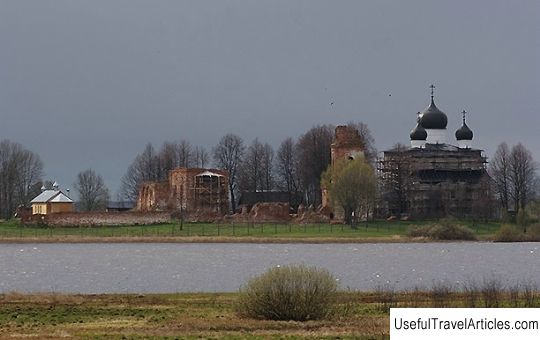
Holy Trinity Michael Klopsky monastery description and photos - Russia - North-West: Novgorod region. Detailed information about the attraction. Description, photos and a map showing the nearest significant objects. Photo and descriptionThe foundation of the Holy Trinity Michael-Klopsky Monastery took place on the right bank of the small river Veryazha, not far from the confluence of the river into the famous Lake Ilmen. The earliest mentions of The Holy Trinity Monastery dates back to 1412, which is recorded in the Novgorod Chronicle. The very first monastery church was the Trinity Church on Klopsk. It was built of wood in just 60 days and was a typical Novgorod building. The Nikolskaya church, located in the Nikolo-Lyadsky monastery, was taken as a construction model. The temple had four pillars, cubic, had one apse and one chapter. From the west, a porch made of wood adjoins the building. After 7 years, the wooden church was replaced by a stone one. During the 15th century, the monastery was under the patronage of the great Moscow princes and was one of the important points of the spread of their power. In the late 16th - early 17th centuries, the Trinity Monastery significantly strengthened its political and social position, and this became a prerequisite for extensive construction activities and the formation of a completely new ensemble of buildings. Until 1569, Trinity Church was the only stone church, and other buildings on the territory of the monastery, for example, a refectory, cells, a fence and premises for household needs, were built exclusively of wood. In the Trinity Church the relics of the Reverend Father Mikhail Klopsky the Wonderworker rested. The temple was completely dismantled. In its place, according to the order of Ivan the Terrible, a large beautiful cathedral was erected. The coffin of Mikhail Klopsky was built here. Trinity Cathedral was square, four pillars and had three lowered altar apses and three volumetric-spatial compositions, which were significantly distinguished by their extraordinary monumentality. A single stylistic solution was achieved by dividing the facades with profiled blades, somewhat tightened by keeled arches. In addition to the cathedral in the southern part of the monastery, the St. Nicholas Church was built in the 16th century, with a refectory chamber. At the beginning of the 17th century, the Swedish and Polish-Lithuanian wars significantly worsened the situation of the Trinity Monastery, because the monastery was captured by the soldiers of Samuil Kovrin. In 1623, the monastery began to revive again and was originally surrounded by a tynova fence. All wooden buildings that had been built were taken out of the fence, which became a separate economic complex. The second economic complex is located in the northern part, which housed the rector's and brotherly cells. Over the course of the 17th century, there were serious restructuring related to changes in the completion of the St. Nicholas Church, the scaffolds of windows and the reconstruction of the side-chapels of the Trinity Cathedral. All these alterations entailed a violation of the stylistic unity of the temples, but the erection of a monumental fence with small towers created the necessary finished look for two monuments. As a result, in the second half of the 17th - early 18th century, a new architectural complex was fully formed. The Holy Trinity Monastery acquired the necessary decoration, which was surrounded by a large building ring. In 1740, a cow and stables yard were created at the monastery. During 1742, windmills were built, which were located behind the fence. Some time later, stone premises began to appear, intended for the abbot building, residential building, abbot cells. At the end of the 18th century, the monastery turned into a real construction site, because work was in full swing here until the 20s of the 19th century. Work was carried out concerning the construction of a spacious stable yard, the construction of a three-tiered bell tower, new cells, a stone cellar, and a new fence with towers. In 1824 a chapel appeared and the church of St. Nicholas the Wonderworker was rebuilt. Two new side-chapels were built. To a large extent, the Holy Trinity Monastery suffered during the Great Patriotic War, and from that time its destruction began. In 1964, the vaults in the refectory were finally destroyed. During 1985-1992, large-scale research work was carried out under the leadership of L. Krasnorechiev. In 2003-2004, money was allocated to restore an ancient monument of Russian architecture. Now the Trinity Monastery is under the jurisdiction of the Novgorod Diocese and is subject to restoration.         We also recommend reading Church of St. Margaret (Pfarrkirche hl. Margaretha) description and photos - Austria: Bad Waltersdorf Topic: Holy Trinity Michael-Klopsky monastery description and photos - Russia - North-West: Novgorod region. |
